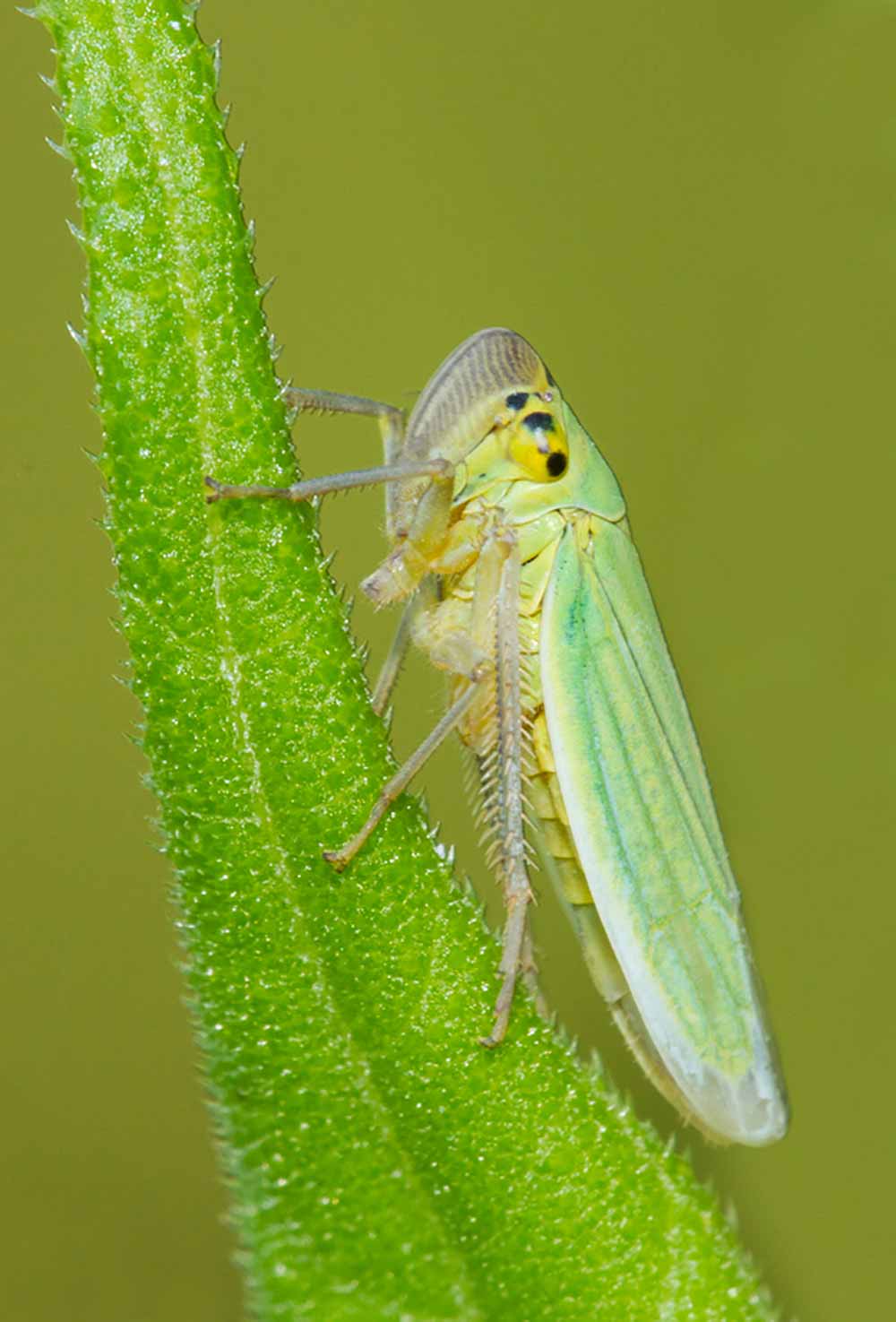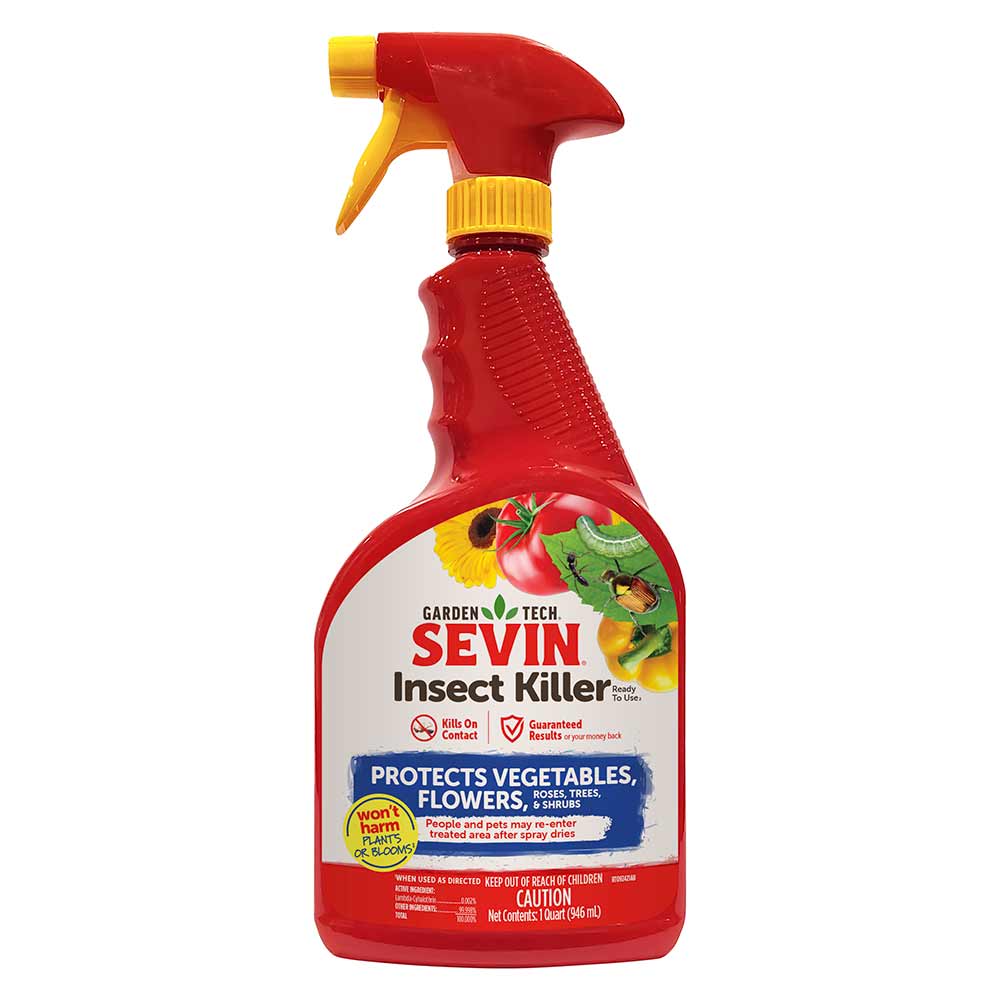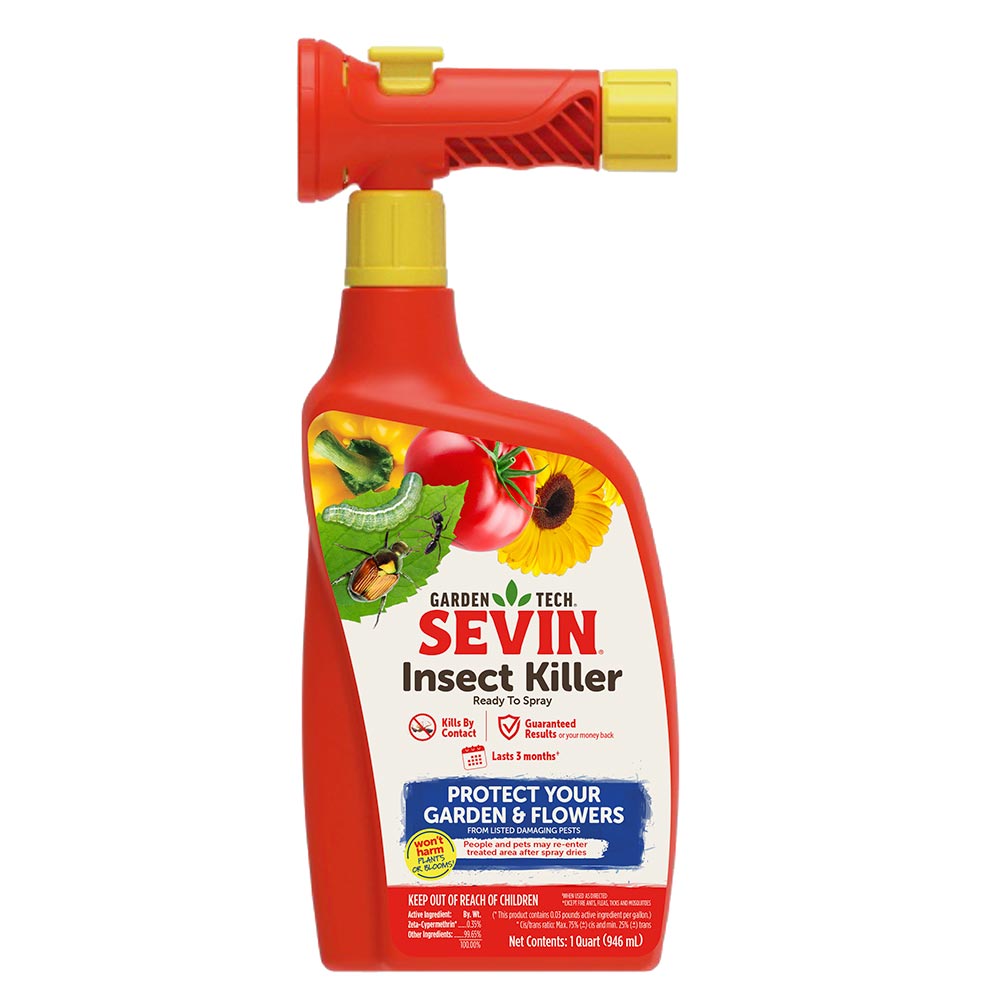Leafhoppers








Leafhoppers comprise a varied group of pests that damage a wide spectrum of plants, from turfgrasses and shrubs to fruits and vegetables. Some species feed only on closely related plants, but others are less selective. Leafhoppers get their name from an impressive jumping ability, which aids their escape when disturbed. In addition to feeding damage, some leafhoppers also transmit pathogens that cause plant disease. Several generations of these pests may occur each year.
Leafhopper Identification
Adult leafhoppers range in size from 1/8 to 1/4 inch long. Their slender, wedge-shaped bodies vary significantly in color. Some plain green species blend into plants, but others stand out due to strikingly colorful patterns. These pests have long, distinctive spines along their hind legs and often move sideways, like a crab — something few insects do. Leafhopper nymphs are smaller, wingless versions of the adults.
Signs or Damage of Leafhoppers
Leafhoppers feed on plant leaves and tender shoots by piercing the plant tissue and sucking out its contents. Nymphs typically feed on the undersides of leaves, often among small, black spots of excrement and skins cast off during molting. Plant damage varies according to the leafhopper species and the plant. These pests may cause stippling similar to lace bug damage, or leaves may curl, dry or turn brown on the outer margins.
How to Control Leafhoppers
Effective control of leafhoppers targets both the adults and nymphs. Start treatment in early spring to hit immature nymphs when they are most vulnerable. GardenTech brand offers several highly effective products to kill leafhoppers and protect your plants:
- Sevin Insect Killer Ready to Use2 simplifies precision leafhopper treatment and kills leafhoppers on contact. Adjust the spray nozzle to widen or narrow the stream, then spray all plant surfaces thoroughly. Give special attention to the undersides of leaves.
- Sevin Insect Killer Lawn Granules kill and control leafhoppers in lawn and garden areas. Broadcast the ready-to-use granules for spot treatments, or use a lawn spreader for thorough, full-yard coverage. Water immediately to release the active ingredients and reach adult leafhoppers and their nymphs. These granules keep protecting against leafhoppers for up to three months.
- Sevin Insect Killer Concentrate, with its easy-to-use measuring cap, provides a simple, economical alternative for larger plants and larger areas. Use with a pump-style sprayer to cover all plant surfaces thoroughly, taking care to get the undersides of leaves. This product kills by contact and protects against leafhoppers for up to three months.
Leafhopper Control Tip: Leafhoppers can overwinter in fallen leaves and garden debris. Practice good garden sanitation. Clean your garden thoroughly at season's end to eliminate these hiding places.
Always read product labels thoroughly and follow instructions, including guidelines for listed plants and pests, application frequency and pre-harvest intervals (PHI) for edible crops.
GardenTech is a registered trademark of Gulfstream Home and Garden, Inc.
Sevin is a registered trademark of Tessenderlo Kerley, Inc.
Photo Credit:
"Common Green Leafhopper - Hortensia similis" by Judy Gallagher licensed under CC BY 2.0
"Leafhopper feeding injury to green ti (Cordyline fruticosa) leaf" by Scot Nelson licensed under CC BY 2.0
"The corn leafhopper (Peregrinus maidis)" by Scot Nelson licensed under CC BY 2.0
Is this not your insect?
View all Insects



